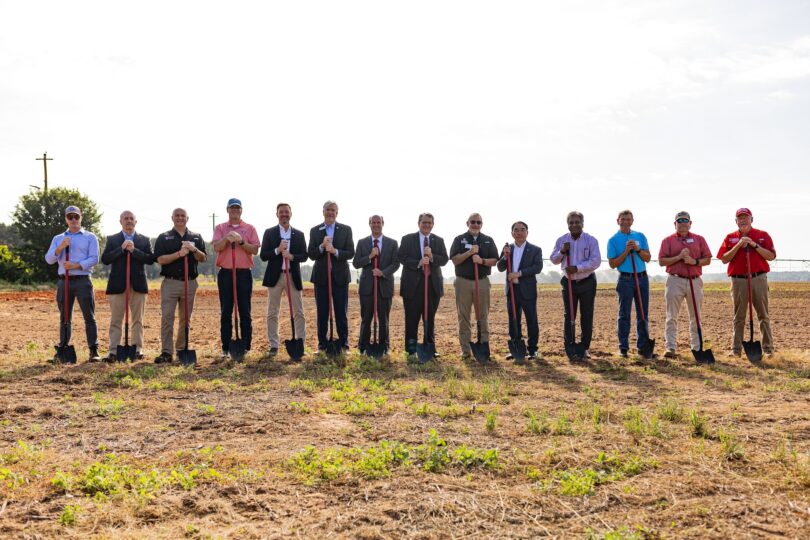By Brad Haire
University of Georgia
"I believe this is going to be a year to reassure growers that there may be a future for tobacco in the state and that there's a good reason for the ones left to stay in it," said J. Michael Moore, a UGA Cooperative Extension tobacco specialist.
About 350 farmers still grow tobacco in the state, mostly in the south-central region. There were four times that many a decade ago. But hard times hit. Diseases dropped yields, and production costs skyrocketed.
By 2004, Georgia had about 1,000 tobacco farmers. That same year, the federal government ended its Depression-era tobacco quota program at the farmers' request. It provided price support but restricted how much tobacco farmers could grow and where. Farmers and quota owners were compensated for the end of the program.
Farmers now can grow as much tobacco as they feel they need to fill contracts they get directly from cigarette manufactures and marketing companies.
The growers left now will likely stay in the game, Moore said. And they'll grow about 44 million pounds this year, 3 million more than last year. But it's still a far cry from the more than 100 million routinely grown a decade ago.
Acreage is up this year, too, he said, to 20,000 acres, or 10 percent to 15 percent higher than in the previous two years. Georgia growers planted 43,000 acres in 1997, according to the Georgia Agricultural Statistics Service.
Yields this year may average 2,200 pounds per acre, or about 400 pounds more than last year, he said. Growers can squeeze a profit from that yield.
The higher yields will be due in large part to a decrease in tomato spotted wilt virus in fields. For more than a decade, the disease has infected 30 percent to 35 percent of the crop and destroyed as much as a fifth of it annually. Infection so far this year has been about 15 percent, the least in the past three years.
Moore and other tobacco scientists with the UGA College of Agricultural and Environmental Sciences teach farmers ways to handle this disease along with other methods to save money on production.
Georgia's extreme drought has stressed the crop, but most if it is irrigated. The dry conditions have helped keep some disease and insect problems down.
For the most part, the crop this year is made, he said. Scattered afternoon showers can still help. But a big tropical storm between now and when harvest ends in a month won't.
"It's been a challenging year so far, and we still haven't gotten it all in the barns yet," he said. "But it's a very optimistic year for growers."
Georgia's tobacco crop was worth about $44 million last year. It was worth four times that a decade ago.






